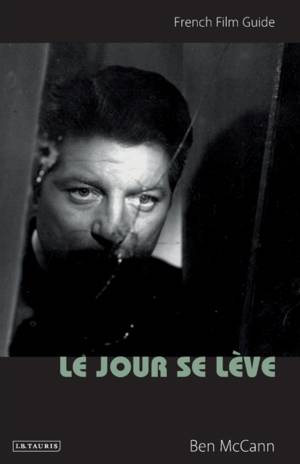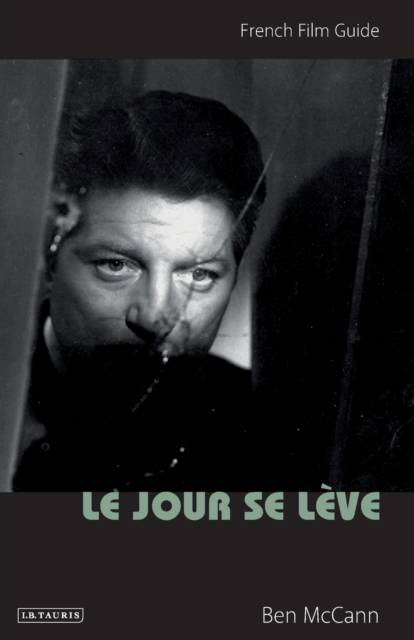
- Afhalen na 1 uur in een winkel met voorraad
- Gratis thuislevering in België vanaf € 30
- Ruim aanbod met 7 miljoen producten
- Afhalen na 1 uur in een winkel met voorraad
- Gratis thuislevering in België vanaf € 30
- Ruim aanbod met 7 miljoen producten
Zoeken
€ 44,45
+ 88 punten
Omschrijving
Le Jour se leve (1939) directed by Marcel Carne, is widely recognised as the classic French Poetic Realist film. Told in flashback, it recounts the story of a man who has committed a murder, and who awaits his fate as the police close in. Carne shuttles between different registers, tones and textures throughout, marshalling the studio's resources to create striking pictorial compositions. The film also contains the great French star Jean Gabin's most iconic performance as Francois, marooned at the top of his apartment building. Ben McCann's perceptive and lively book traces the evolution of Le Jour se leve and situates it in a very specific historical moment. He also underlines the importance of actors Jules Berry and Arletty, production designer Alexandre Trauner, writer Jacques Prevert and cinematographer Curt Courant in establishing the film's tone, mood and visual style. He charts the national and international reception of the film, uncovering a work that deeply divided critics at a time of national crisis. He also reveals Le Jour se leve to be a key transitional work between European and American noir and compares it with the 1947 Hollywood remake.
Highlighting its combination of the 'poetic' and the 'realist' this book finally stresses how Le Jour se leve represents the very best of pre-war French studio filmmaking.
Highlighting its combination of the 'poetic' and the 'realist' this book finally stresses how Le Jour se leve represents the very best of pre-war French studio filmmaking.
Specificaties
Betrokkenen
- Auteur(s):
- Uitgeverij:
Inhoud
- Aantal bladzijden:
- 144
- Taal:
- Engels
- Reeks:
Eigenschappen
- Productcode (EAN):
- 9781780765921
- Verschijningsdatum:
- 10/06/2014
- Uitvoering:
- Paperback
- Formaat:
- Trade paperback (VS)
- Afmetingen:
- 137 mm x 213 mm
- Gewicht:
- 204 g

Alleen bij Standaard Boekhandel
+ 88 punten op je klantenkaart van Standaard Boekhandel
Beoordelingen
We publiceren alleen reviews die voldoen aan de voorwaarden voor reviews. Bekijk onze voorwaarden voor reviews.








